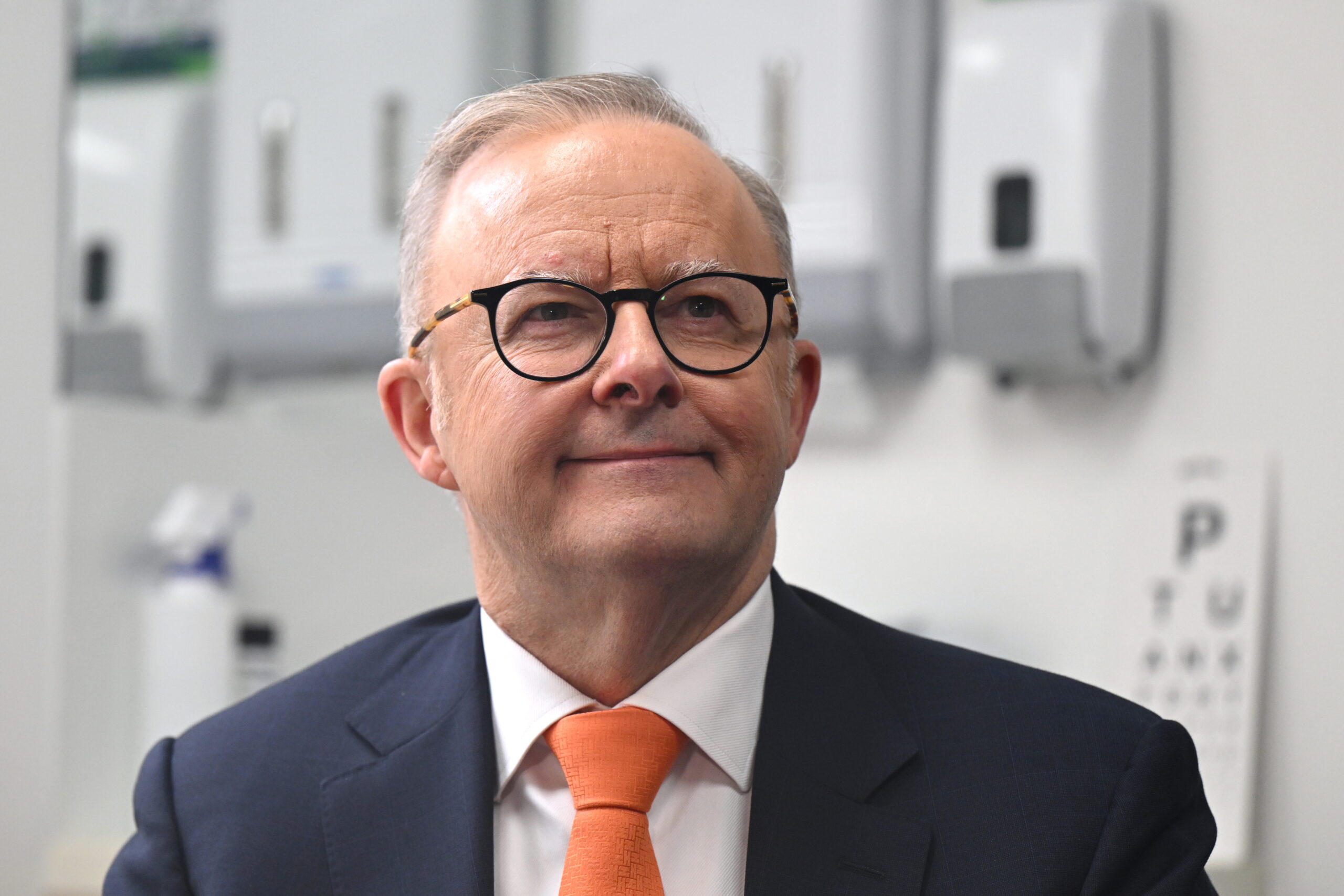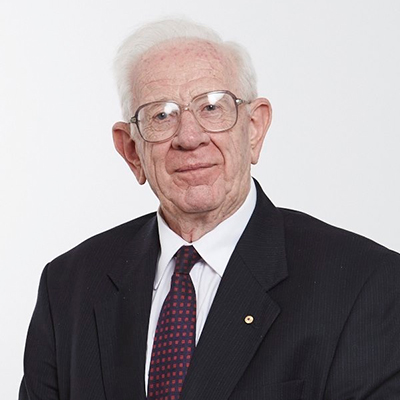

The time has come for me to make my detailed predictions for Australia’s federal elections on 3 May. I can now honestly say that the result I have always predicted will occur. It has always been my view that the Albanese government would win a second term and I think now it is more obvious than ever. The time has come for some predictions of details. What has changed over the past month is the reality I now accept. It will be a majority Labor government.
A month ago, on Friday 28 March, the House of Representatives was dissolved by the Governor-General, Samantha Mostyn. On that same day News Limited papers ran their election special. The papers to which I refer are The Daily Telegraph in Sydney and its equivalents in Melbourne, Brisbane and Adelaide. They ran their election special in the expectation of the news of that day. The other News Limited paper, the broadsheet, delayed by one day. Therefore, my pendulum appeared on 28 March but the rival diagram the “tower of power” appeared in The Weekend Australian for Saturday 29 March and Sunday 30 March.
My article to accompany the pendulum was titled “Minority rule the likely outcome but it’s still looking like Albo will have more to celebrate” and it began this way: “At Christmas, Anthony Albanese will still be Prime Minister. He might lead a majority Labor government, but I think a minority one more likely.” Using a combination of my pendulum, the then opinion polls and my local knowledge I went on to predict that the Liberal Party would gain these seven seats from Labor: “Aston, Bennelong, Chisholm, Gilmore, Lyons, McEwen and Paterson.”
Since I wrote those words the campaign has gone more badly for the Liberal Party than I expected. I now think Labor will hold Gilmore, Lyons and Paterson. But I think the position is even worse for Peter Dutton because I now think that Labor could easily gain a seat from the Liberal Party. The single most likely seat for that to happen is Leichhardt in far north Queensland where the popular Liberal sitting member Warren Entsch is retiring and Labor has an unusually good candidate.
So, this is now my reasoning.
I begin with my pendulum which shows the notional state of parties as follows: Labor 78, Liberal 41, National 16, Greens four, independents in natural Liberal-National seats nine, and independents in natural Labor seats two. That adds up to 150.
The easy cases to predict are the two independents in natural Labor seats. I am wholly confident in predicting that Andrew Wilkie will hold Clark in Tasmania and Dai Le will hold Fowler in south-western Sydney. In the unlikely event that either were to lose, the seat would go to Labor, making a majority Labor government even more likely.
I think the Greens are fairly easy to predict. They will gain no seats but retain Melbourne and Griffith, Kevin Rudd’s old seat which lies on the south bank of the Brisbane River. So, I think Adam Bandt and Max Chandler-Mather are safe. However, the Greens will lose Brisbane to Labor and Ryan to the Liberal Party.
The Nationals are also easy to predict. They will hold their existing 16 seats but make no gains. The electoral division of Calare in central western New South Wales is held by Andrew Gee who is technically an independent. However, he was elected as a National so my pendulum counts his seat as National. It will be won by the National Party’s candidate, Sam Farraway. Gee is standing as an independent but I would be very surprised if he were re-elected. So, the difficult cases to predict are the two big parties, beginning with Labor.
The number of notional Labor seats is 78. That is the number it had in the outgoing House of Representatives. It lost a Victorian seat (Higgins) by abolition in the redistribution but the new Western Australian seat of Bullwinkel is notionally Labor, indeed slightly stronger for Labor than Higgins. My predicted number of Labor seats is 76 being made up of one gain from the Liberal Party (Leichhardt) offset by four losses to the Liberal Party, Aston, Chisholm and McEwen in Victoria and Bennelong on the Sydney northside. Labor’s 76th seat, therefore, becomes its gain of Brisbane from the Greens.
The truly difficult party to predict is the Liberal Party. Anyway, it now has 41 seats, including those seats where defectors won in 2022 as Liberals, Moore (WA) and Monash (Victoria). I think it will lose one of those 41 seats and only one, Leichhardt to Labor. However, it will make four gains from Labor (named above) and one gain from the Greens, Ryan. So, my prediction is that the Liberal Party will have 45 seats, compared with 41 in the outgoing House of Representatives.
The really big problem for the Liberal Party is the likely re-election of the six incumbent teal members. Most of my friends in Sydney, Melbourne and Perth live in teal seats and they tell me of the Liberal Party’s desperation to win back the seat in which my friend is an elector. Broadly speaking that display of desperation further alienates my friend. Anyway, I predict that the six female teal incumbents will be re-elected but that the teals will make no further gains.
There is a point I should mention. I have a history of making cancelling errors. For example, back on 31 January there was posted my article “Setback looming for Victorian Labor” (Maureen, show in blue). When I wrote that article I felt the Liberal Party would gain one but not both of those seats for which by-elections were held on 8 February. As things turned out I named the wrong seat but I was correct in predicting one gain. With the federal election I think the Liberal Party will make one NSW gain, either Bennelong or Gilmore but not both. I decided on Bennelong on the ground that the Liberal candidate, Scott Yung, drew the top position on the ballot paper whereas in Gilmore the sitting Labor member Fiona Phillips drew the top position. I would not be surprised if I have again made cancelling errors. Then again I would not be surprised if Labor held both seats, nor would I be surprised if the Liberal Party gained both seats.
Finally, there is the Senate election. That is easy. In the territories the result will be identical to that in 2022, both in terms of the names of senators elected and by party distribution. In the states the result by party will, Queensland excepted, be identical to that in 2019 but some names will be different since this is a party machine appointment system. So, for example, NSW Senator Hollie Highes will be defeated because the Liberal Party has placed her in the unwinnable fourth position and her place will be taken by another Liberal, Jessica Collins, who enjoys the second position.
The exceptional case is Queensland where the LNP won three seats in 2019 with one each for Labor, Greens and Malcolm Roberts of Pauline Hanson’s One Nation Party. This time Labor will get two so the overall distribution of senators by party will increase by one for Labor with one less for the Coalition.